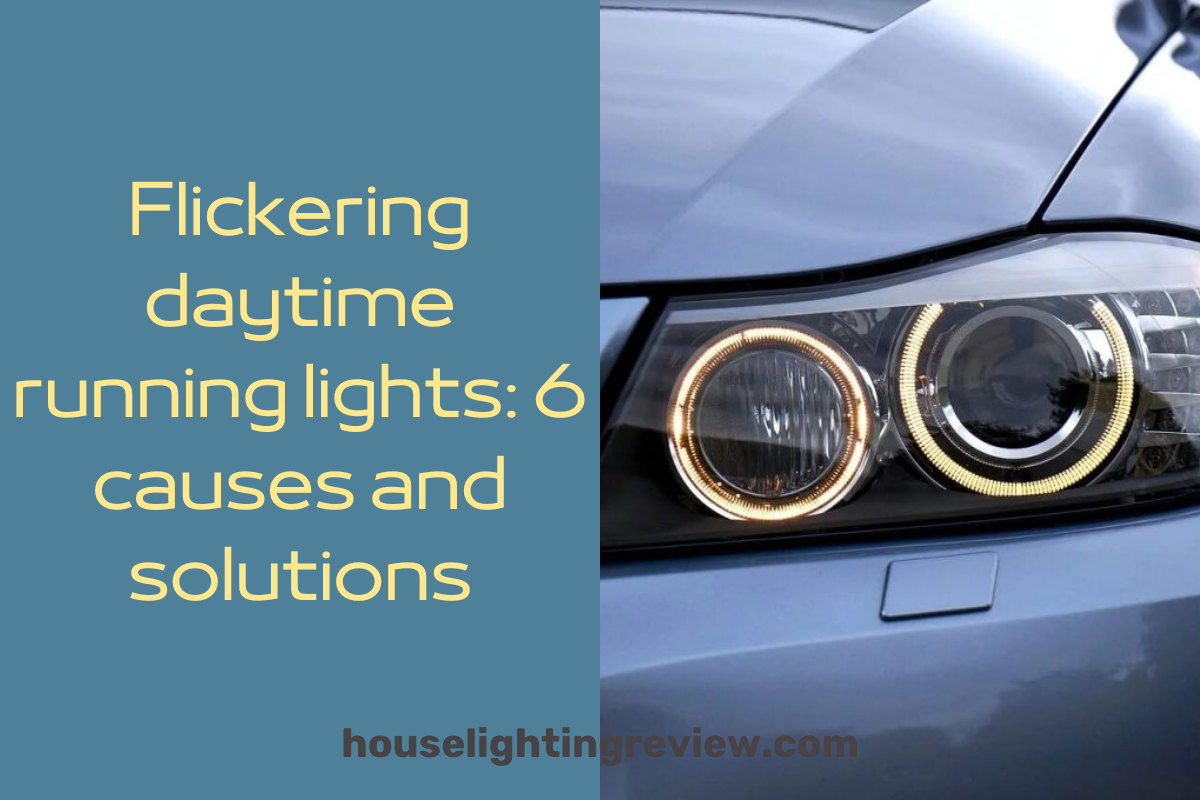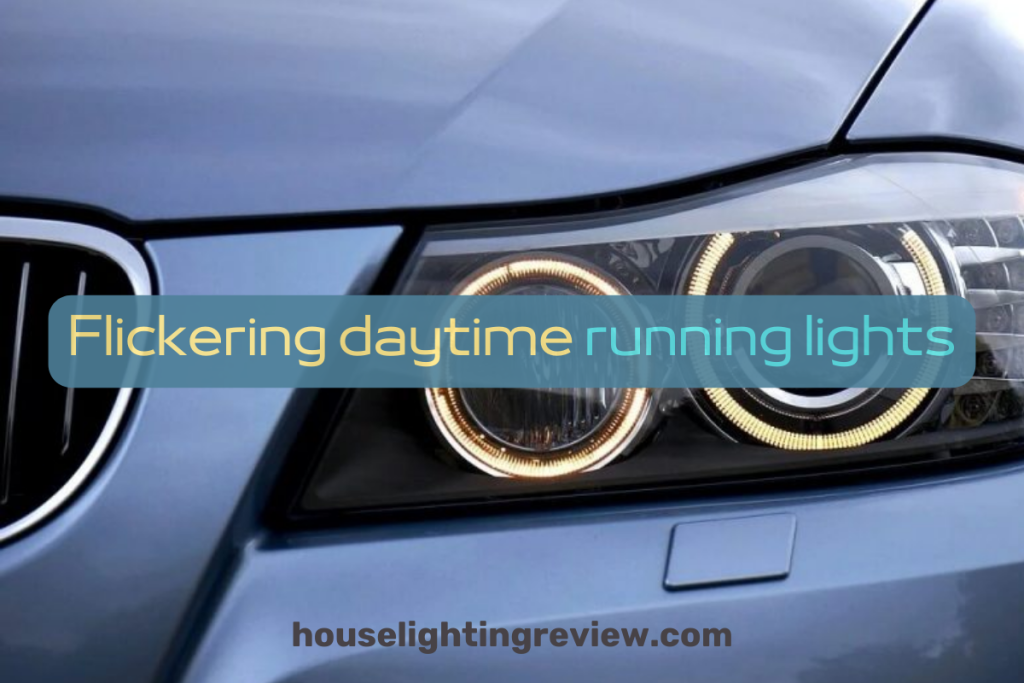
If the daytime running lights flicker, it can pose safety concerns and indicate underlying issues within the electrical system, warranting prompt attention and resolution.
Understanding daytime running lights’ flickering

Flickering daytime running lights is characterized by intermittent or irregular illumination patterns, often signaling underlying issues within a vehicle’s lighting system.
Description of flickering DRLs
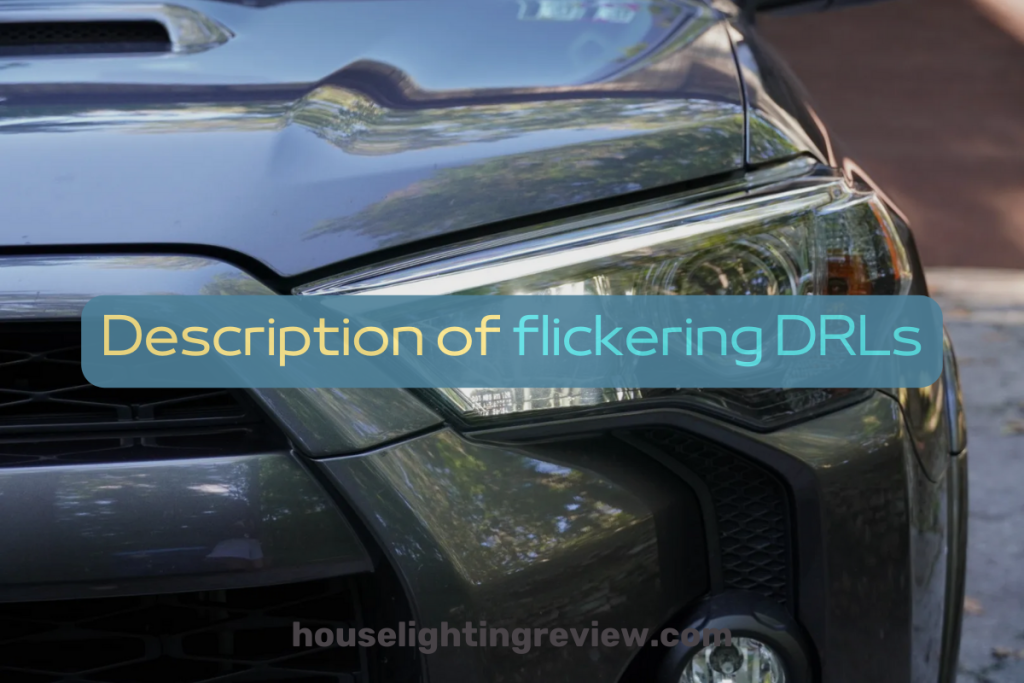
Intermittent illumination: daytime running lights flicker when there is an irregular, momentary dimming or flashing of the lights, rather than a steady and consistent glow.
Variable intensity: daytime running lights may flicker at different rates or exhibit varying degrees of brightness, often noticeable while driving or when the vehicle is stationary.
Various patterns: flickering of daytime running lights can manifest as rapid pulsations, brief interruptions, or irregular fluctuations in the lighting pattern, observable in both LED and traditional filament-based bulbs.
Potential safety risks associated with flickering DRLs
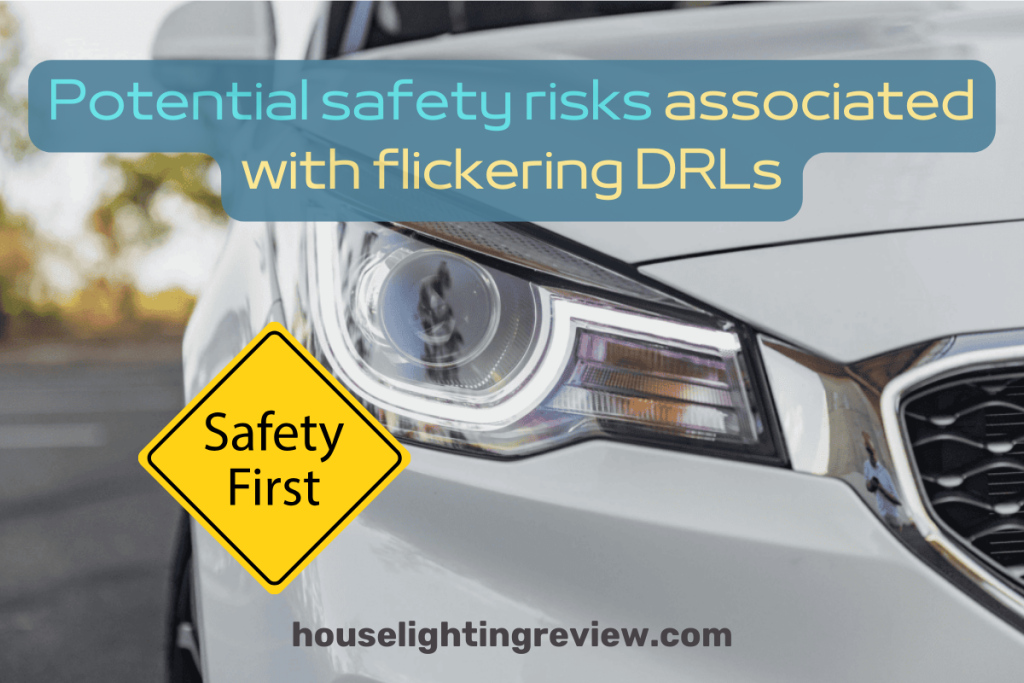
Reduced visibility: inconsistent illumination diminishes the effectiveness of DRLs, impacting the low beams/high beams and the vehicle’s visibility to other drivers, especially in low-light conditions or during inclement weather when low and high beams are so important.
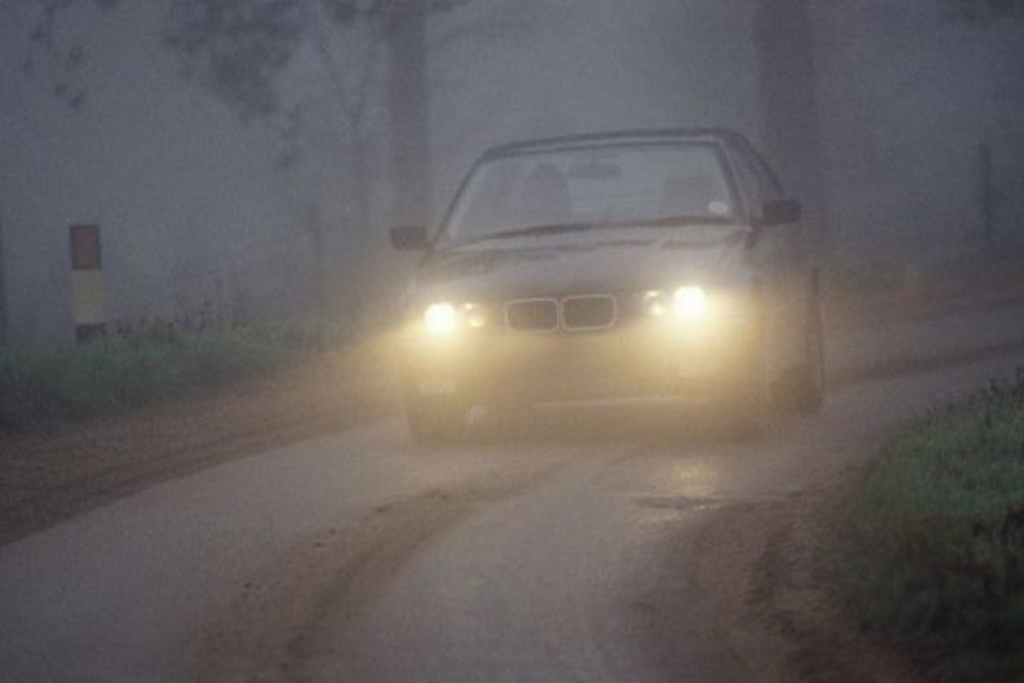
Distraction and confusion: flickering lights might distract or confuse other drivers on the road who can’t understand if the low beams/high beams are on, potentially leading to unsafe driving conditions or misunderstandings of the other drivers.

Electrical system indicators: flickering DRLs can indicate underlying electrical issues within the vehicle, hinting at potential larger problems that could affect other vehicle functions and pose risks for you and oncoming drivers.
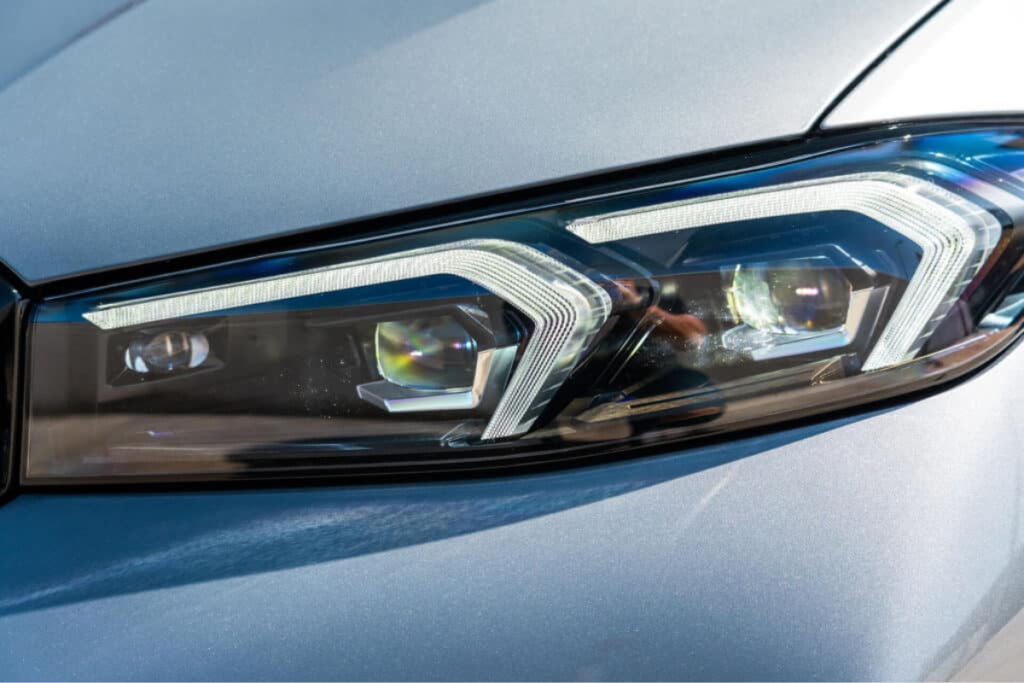
Why do daytime running lights flicker?
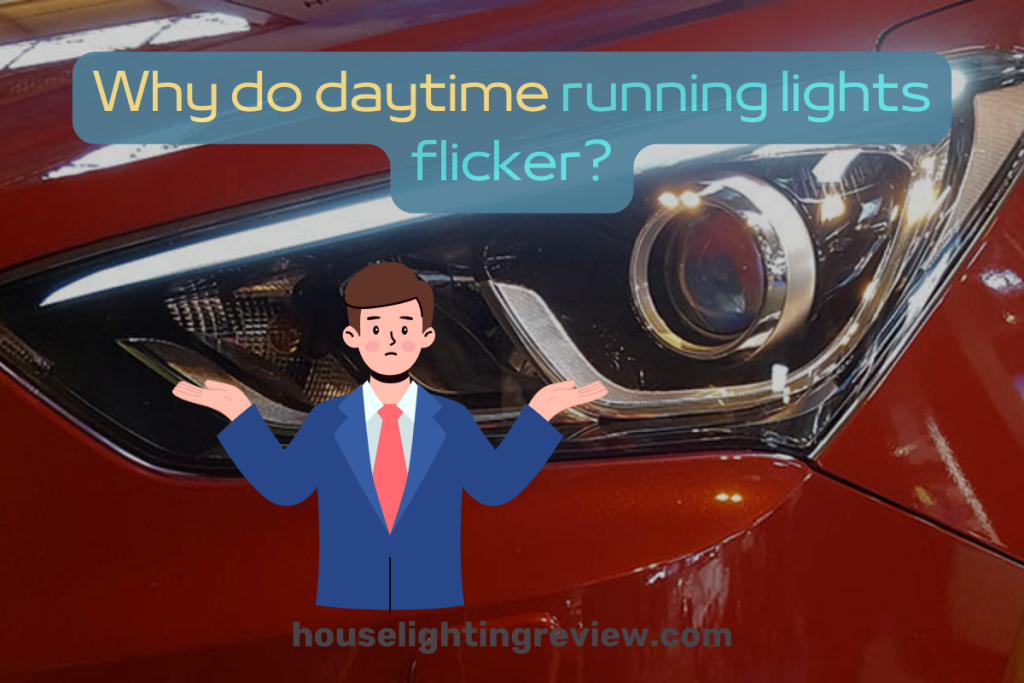
Daytime running lights flicker due to various causes related to electrical connections, bulb issues, and vehicle component malfunctions.
Cause 1: loose connections
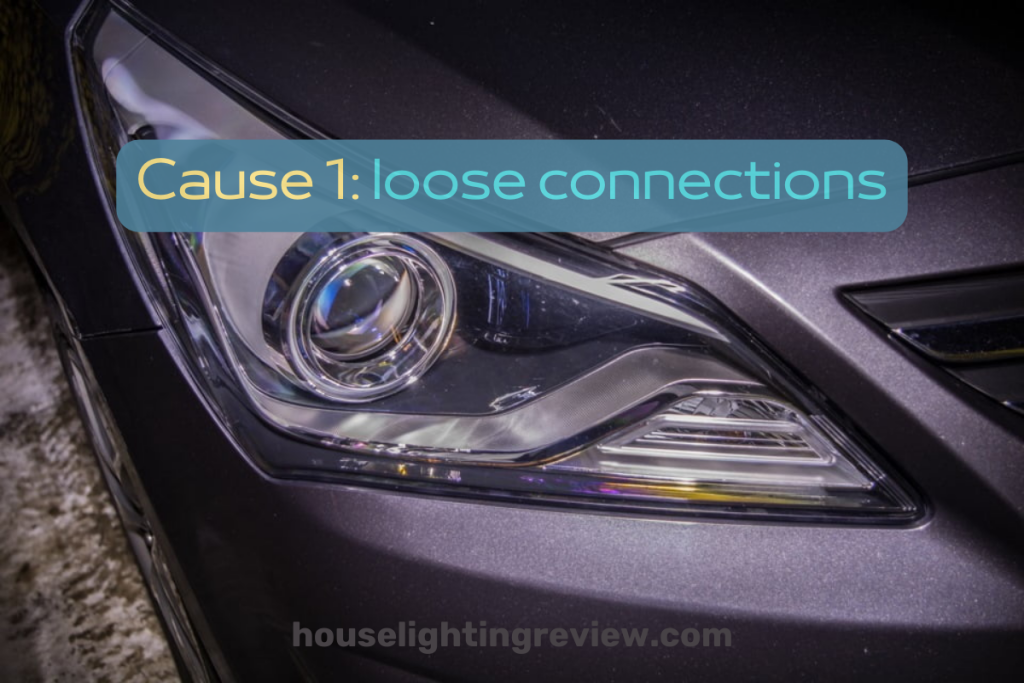
Battery terminal connections: loose or corroded connections at the battery terminals can lead to intermittent power supply to the DRLs, causing them to flicker.
Bulb socket connections: poorly connected or corroded bulb sockets may result in an inconsistent electrical flow to the DRL bulbs, causing flickering.
Cause 2: faulty wiring

Worn or damaged wiring: aging or damaged wiring harnesses can disrupt the consistent flow of electricity to the DRLs, resulting in flickering or intermittent illumination.
Short circuits: short circuits within the wiring system can cause irregular power supply, leading to flickering DRLs.
Cause 3: aging or worn-out bulbs
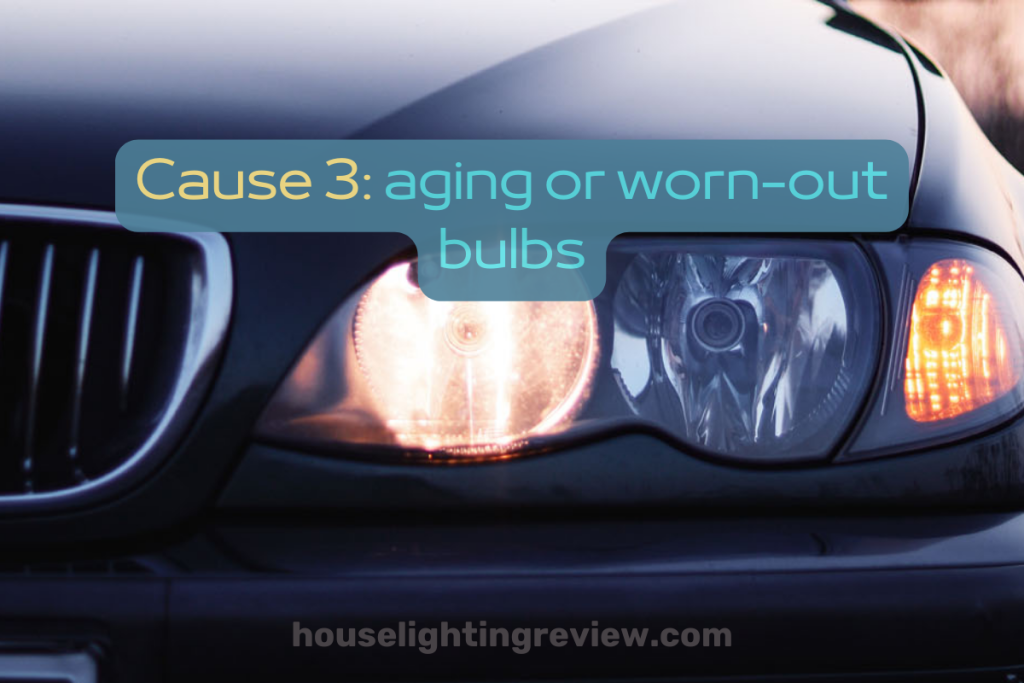
Filament degradation: over time, the filament inside bulbs can wear out, leading to inconsistencies in the flow of electricity and causing flickering in DRLs.
Heat and usage: continuous usage and exposure to heat can lead to the degradation of bulb components, resulting in flickering as the bulb nears the end of its lifespan.
Cause 4: incompatible or poor-quality bulbs
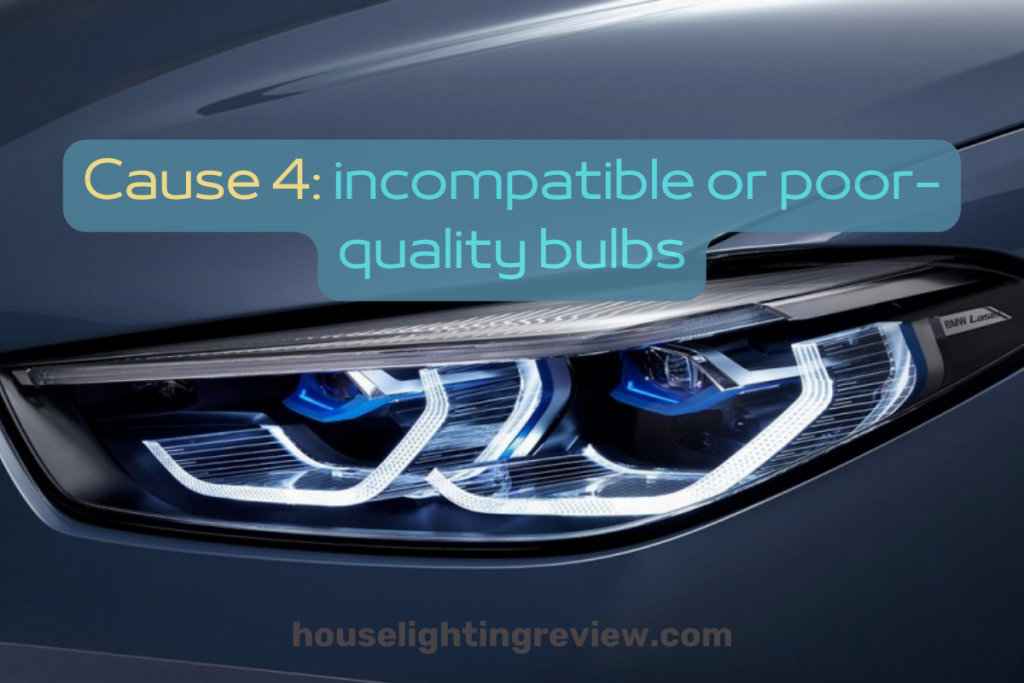
Mismatched specifications: using bulbs that don’t meet the vehicle manufacturer’s specifications or are of lower quality can cause irregularities in power supply, leading to flickering.
Voltage or wattage differences: bulbs with voltage or wattage ratings not aligned with the electrical system requirements can cause flickering due to inconsistent power delivery.
Cause 5: low battery voltage
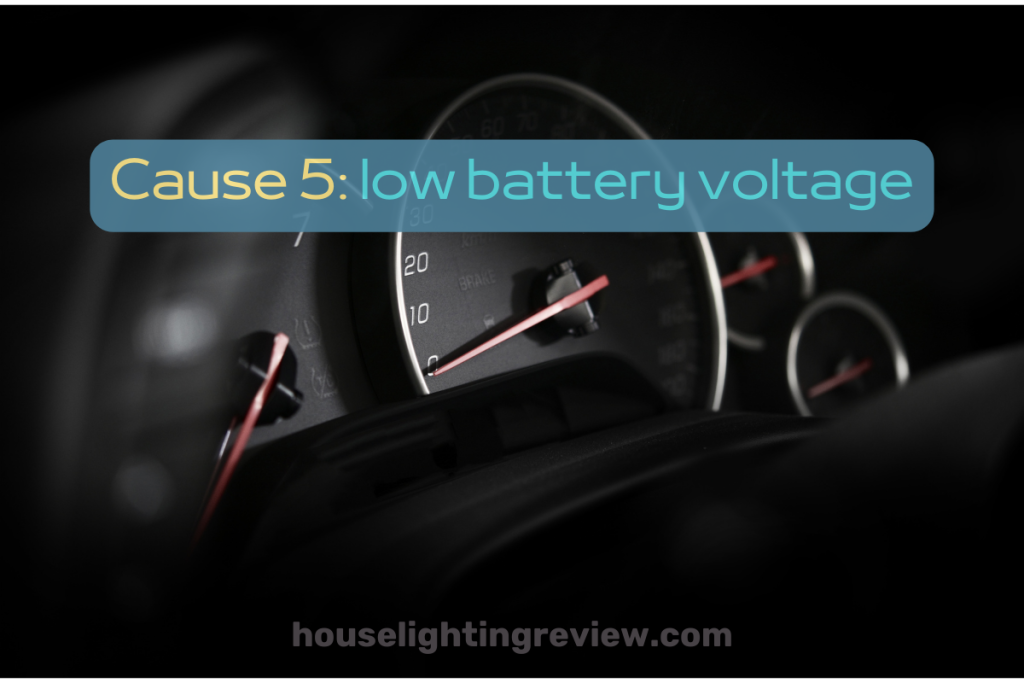
Weak battery: a weak or deteriorating battery might fail to maintain a stable voltage, causing fluctuations in power supply to the DRLs and resulting in flickering.
Insufficient charging: inadequate charging of the battery due to faults in the charging system can lead to low voltage levels, causing flickering in the DRLs.
Cause 6: alternator malfunction
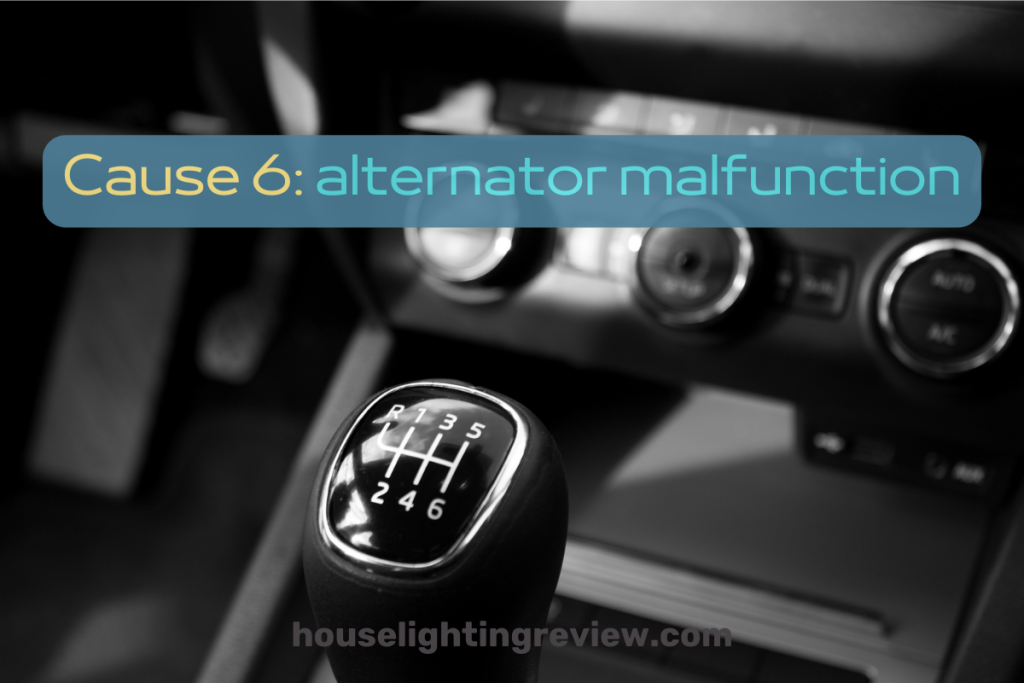
Faulty voltage regulator: a malfunctioning voltage regulator within the alternator can disrupt the consistent supply of power to the DRLs, leading to flickering.
Worn-out alternator: an aging or damaged alternator may not generate the steady electrical output required for the DRLs, causing flickering due to inconsistent power delivery.
Solutions to address the issue

To rectify flickering DRLs, several targeted solutions focusing on the electrical system and components can effectively resolve the issue.
Solution 1: check and tighten connections

Battery terminals: ensure the battery terminals are clean, securely connected, and free from corrosion to guarantee a consistent power supply to the DRLs.
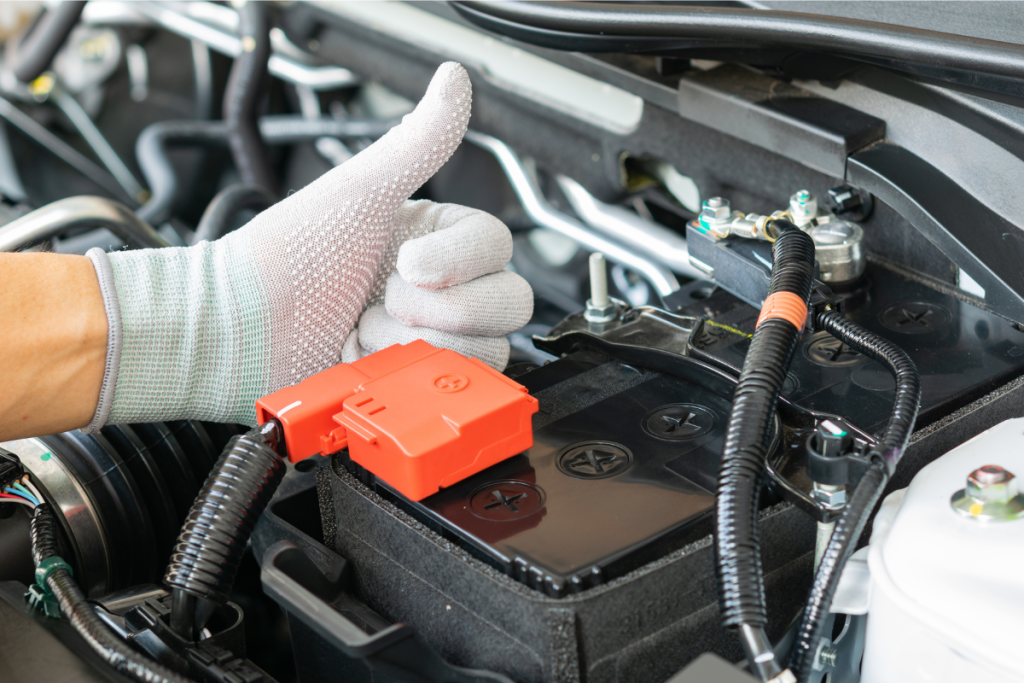
Bulb sockets and wiring connections: regularly inspect and tighten any loose connections or corroded contacts in the wiring harnesses and bulb sockets to ensure proper electrical flow.

Solution 2: repair faulty wiring and use pulse width modulation
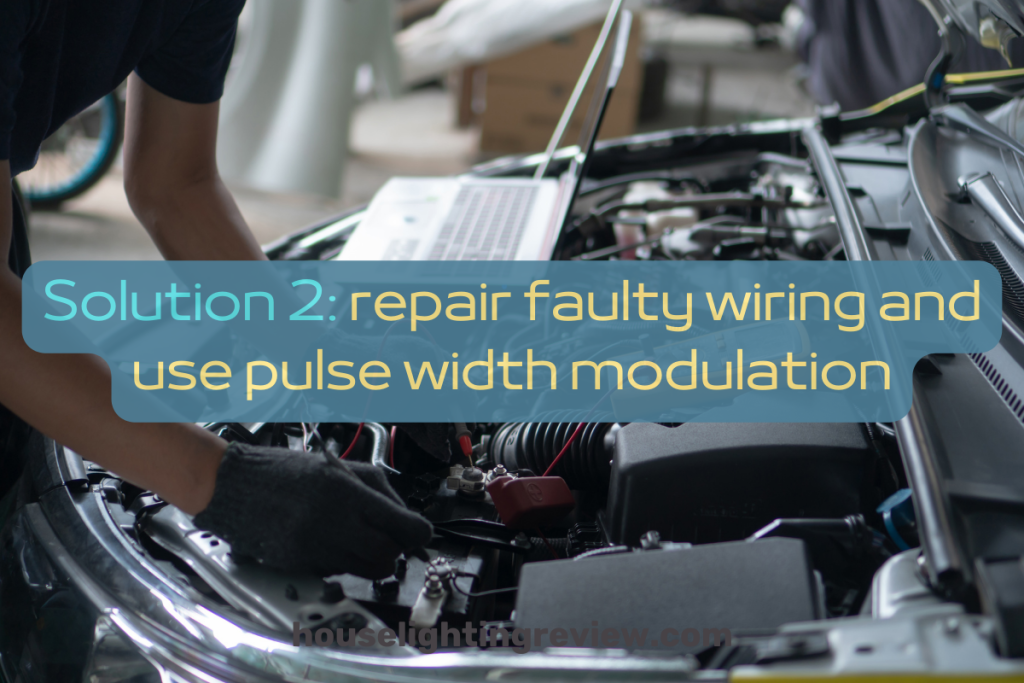
Identify damaged wiring: thoroughly examine the wiring harnesses for any signs of wear, fraying, or damage. Replace sections of wiring that are compromised to restore proper electrical connectivity. Consider using the PWM module.

Professional assistance: seek the expertise of an automotive electrician or technician to diagnose and repair intricate wiring issues contributing to the flickering DRLs.

Solution 3: replace bulbs with suitable options

Match specifications: ensure replacement bulbs match the vehicle manufacturer’s specifications for voltage, wattage, and type to avoid compatibility issues causing flickering.
Opt for quality: choose high-quality bulbs from reputable brands to ensure reliability and longevity, reducing the chances of flickering due to poor-quality components in cars nowadays.
Solution 4: regular maintenance and replacement

Scheduled inspections: periodically check the condition of DRL bulbs during routine vehicle maintenance to identify any signs of aging, wear, or potential issues.
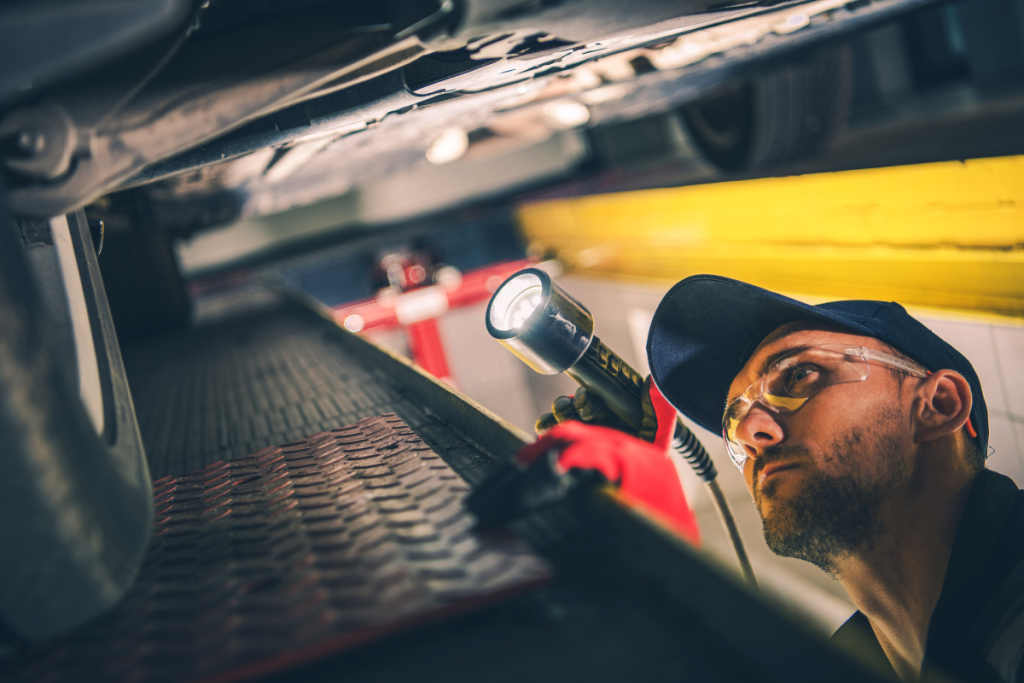
Timely replacement: replace DRL bulbs as recommended by the manufacturer or when signs of degradation, such as reduced brightness or flickering, become evident to maintain optimal performance.
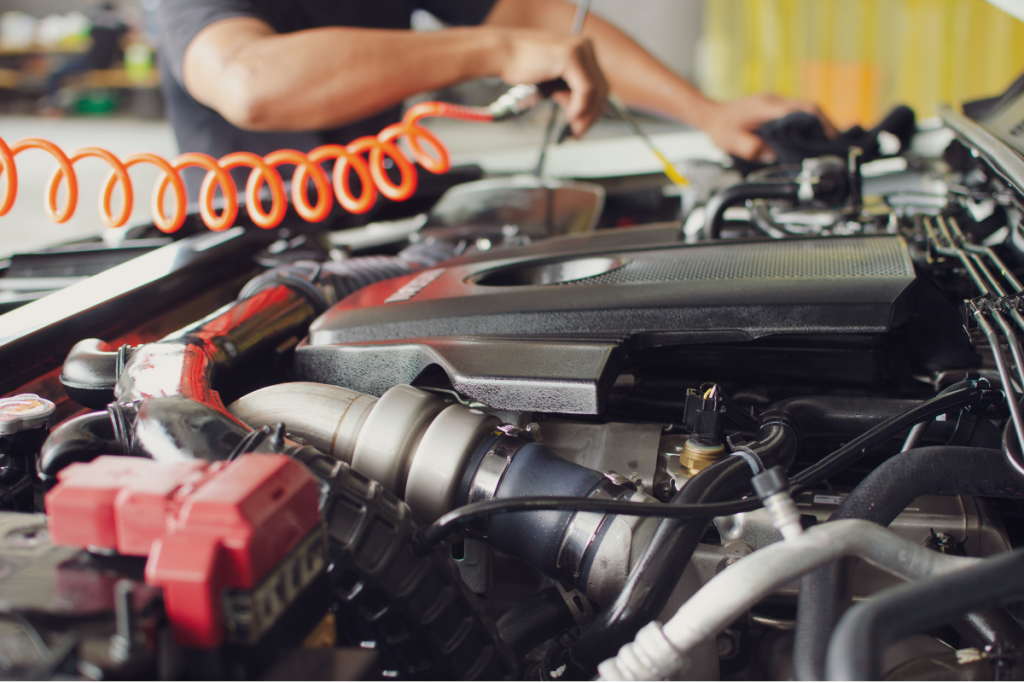
Solution 5: replace the weak battery/install the relay harness
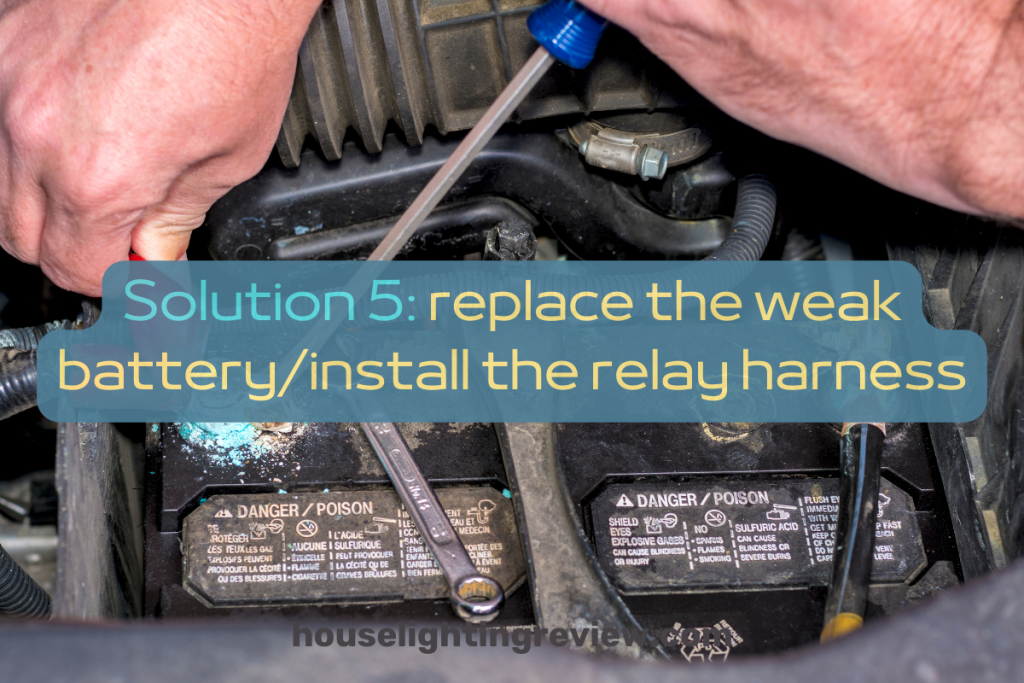
Battery testing: utilize a multimeter or seek professional assistance to test the battery’s voltage and health. If the battery shows signs of weakness or insufficient voltage output, consider replacing it and installing the relay harness to solve the voltage problem.
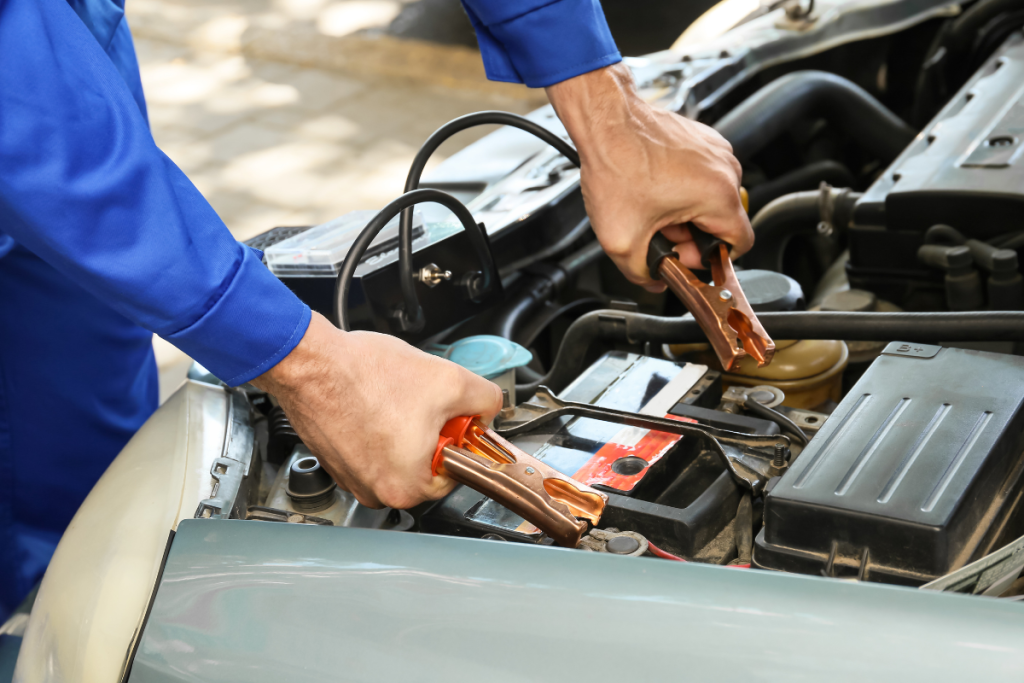
Regular maintenance: perform regular battery inspections and maintenance, including cleaning terminals and ensuring a secure connection, to prevent voltage issues that lead to DRL flickering.

Solution 6: inspect and repair/replace alternator

Professional assessment: have a certified mechanic or technician inspect the alternator’s functionality to diagnose any faults or irregularities in its output.

Repair or replacement: if the alternator is identified as the source of voltage irregularities causing DRL flickering, consider repairing or replacing it to ensure a consistent power supply to the lights.
Choosing bulbs for daytime running lights

LED bulb/LED lights:
- Energy-efficient LED bulbs: the LED bulb in DRL mode is highly energy-efficient, consuming lower voltage compared to traditional halogen bulbs, making it ideal for low beam/high beam.
- Longevity of LED lighting: with reduced power consumption, LED DRLs have an extended lifespan, offering durability and reliability for prolonged use without frequent replacements.
- Brightness and visibility of LED lighting: LED DRLs provide excellent brightness and steady light for the high beam/low beam. LED lighting enhances the vehicle’s presence on the road during daylight hours.
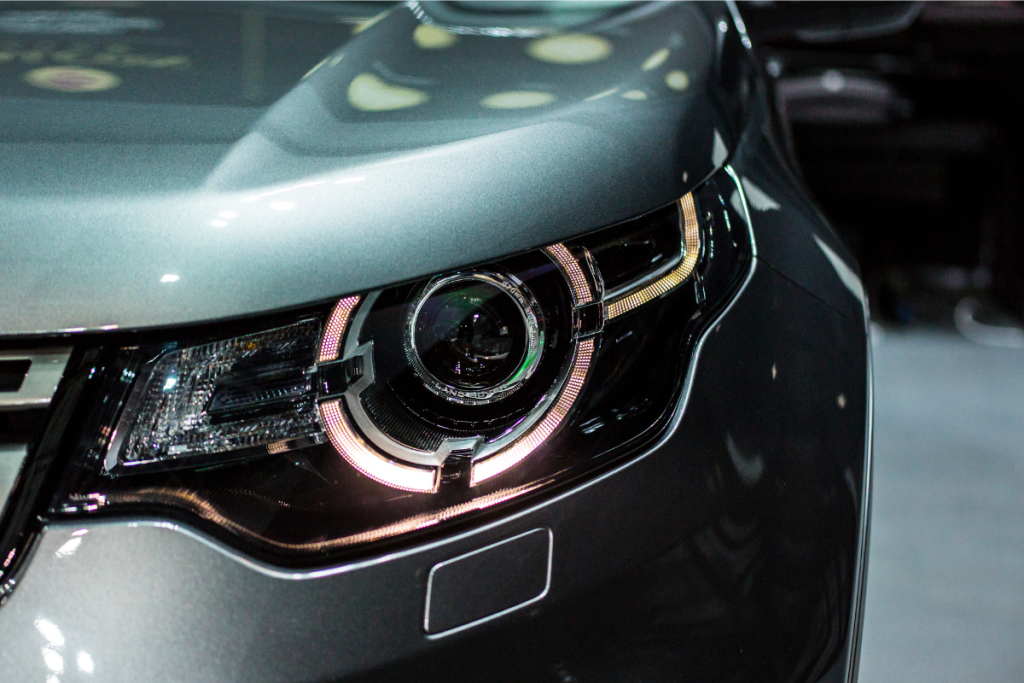
Halogen bulb:
- Affordability: the halogen low/high beam bulb in DRL mode is a cost-effective option for the daytime running light, typically cheaper than an LED bulb.
- Standard replacement: many vehicles come equipped with a halogen bulb as standard, making them an easily accessible replacement option.
- Sufficient illumination: while not as energy-efficient as an LED bulb, stock halogen bulbs still offer adequate illumination for daytime use.
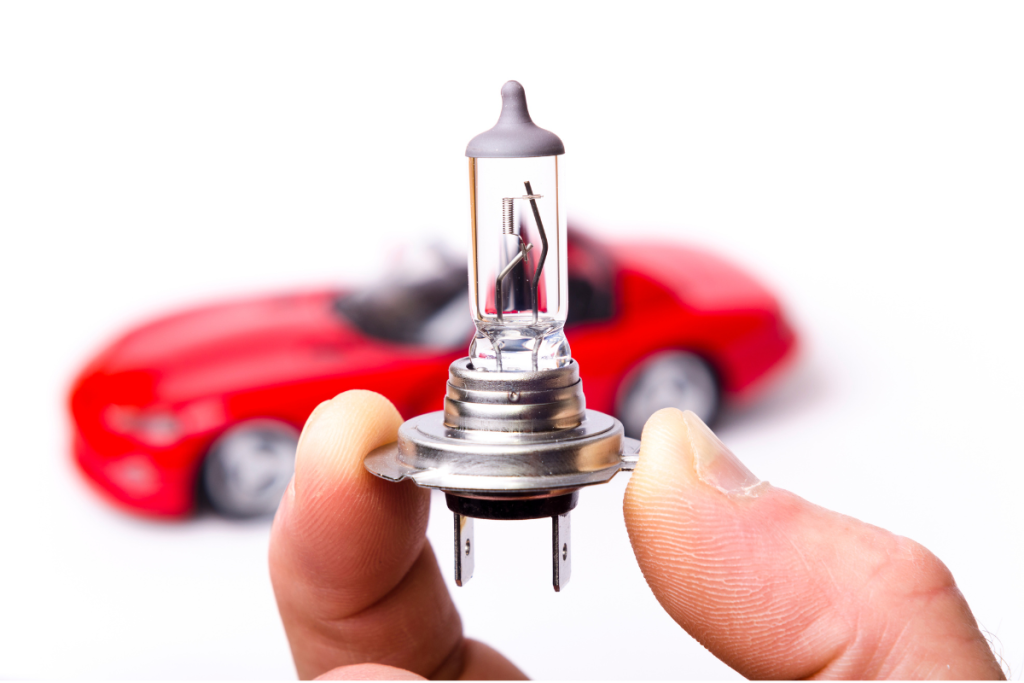
Xenon/HID bulbs:
- Brightness and visibility: xenon or HID bulbs produce intense, bright light, ensuring high visibility during daylight hours.
- Power consumption: while not as efficient as an LED bulb, they use lower voltage compared to halogen bulbs.
- Compatibility consideration: some vehicles may not be designed to accommodate HID bulbs as DRLs without specific modifications due to their power requirements and installation complexities.
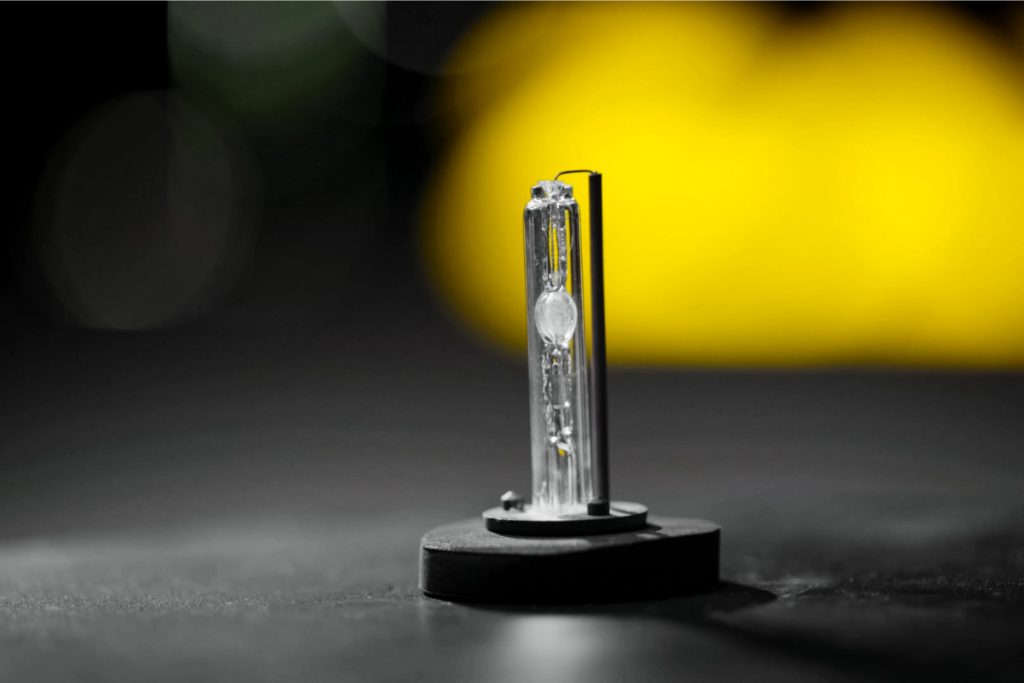
OEM recommendations:
- Refer to manufacturer specifications: follow the vehicle manufacturer’s recommendations for DRL bulb replacements to ensure compatibility and optimal performance.
- Consult the owner’s manual: check the vehicle’s manual or consult with a dealership or certified mechanic for guidance on suitable bulbs for the daytime running light tailored to most cars or your specific vehicle model.

Preventive measures for maintaining DRLs
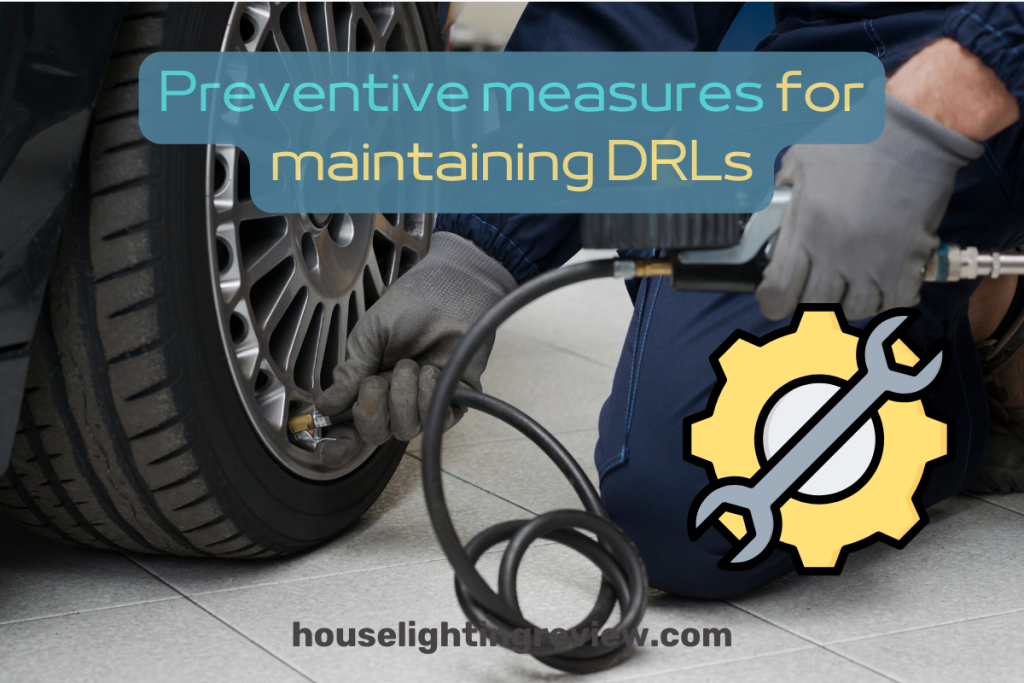
Upgrading to high-quality components:
- Opt for quality bulbs: choose high-quality bulbs from reputable brands designed for longevity and consistent performance, reducing the likelihood of flickering or premature failure of this light source.
- Quality wiring and connectors: consider using superior quality wiring harnesses and connectors that offer better durability and conductivity, ensuring a stable electrical flow to the DRLs and minimizing flickering risks.
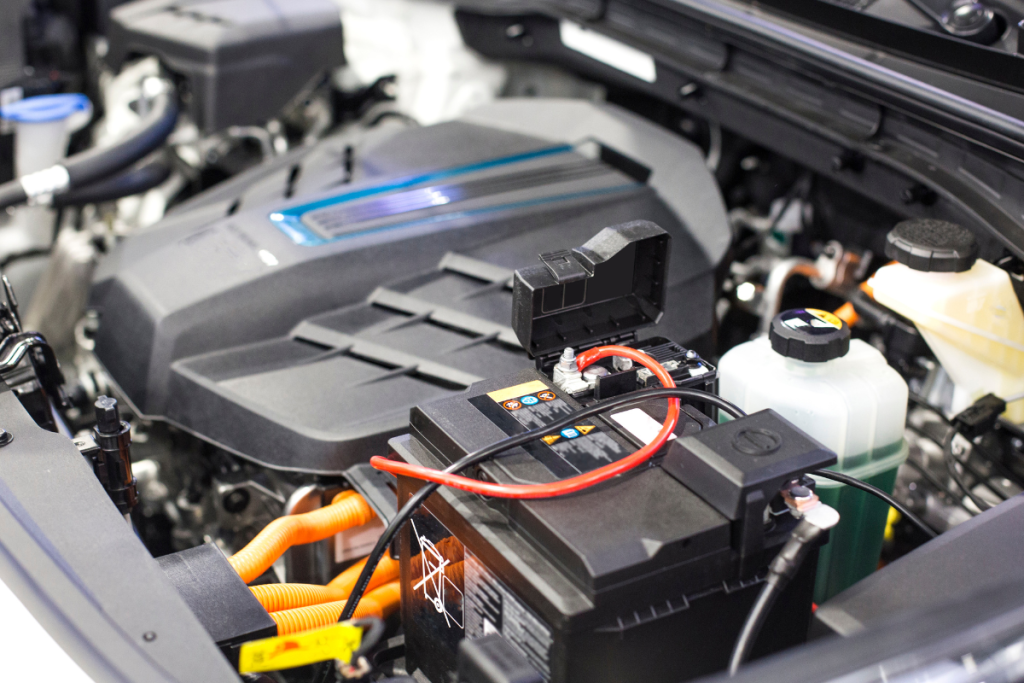
Professional assistance for complex issues:
- Diagnostic services: seek assistance from certified technicians or auto electricians when encountering persistent or intricate flickering issues with DRLs. They possess the expertise and diagnostic tools to identify and resolve complex electrical problems.
- Specialized repairs: entrust complicated electrical system repairs or intricate wiring issues causing flickering to professionals. Their specialized knowledge ensures proper resolution and prevents potential hazards or further damage to the electrical system.

Conclusion
Addressing the flickering daytime running light promptly through appropriate maintenance and component selection ensures safer driving conditions and prolonged vehicle safety.
FAQ
Why are my daylight bulbs flickering?
Daylight bulbs might flicker due to loose connections, aging or worn-out bulbs, incompatible or poor-quality bulbs, low battery voltage, alternator malfunction, or issues within the electrical system.
How do I stop my LED lights from flickering in my car?
To stop LED lights, headlight bulbs, tail lights, or turn signals from flickering in a car, ensure proper connections, use compatible high-quality LED bulbs, check the battery and alternator for issues, and consider professional assistance for electrical system diagnostics and repairs.
Why do my LED driving lights flicker?
The LED bulb in driving lights might flicker due to issues such as inadequate power supply, incompatible bulbs, faulty connections, or problems within the electrical system.
Why were my lights flickering?
Flickering lights could result from various reasons including loose connections, aging or poor-quality LED bulbs or incandescent bulbs, low battery voltage, alternator malfunction, or wiring issues in the car computer systems.
What is an LED Headlight Resistor?
LED headlight resistors are used to prevent flickering issues that occur due to incompatible power levels between the after-market LED bulbs and the vehicle’s electrical system. These resistors help regulate the current flow and stabilize the voltage, preventing flickering in LED bulbs in LED headlights.

